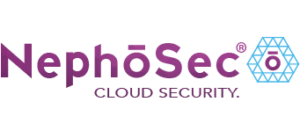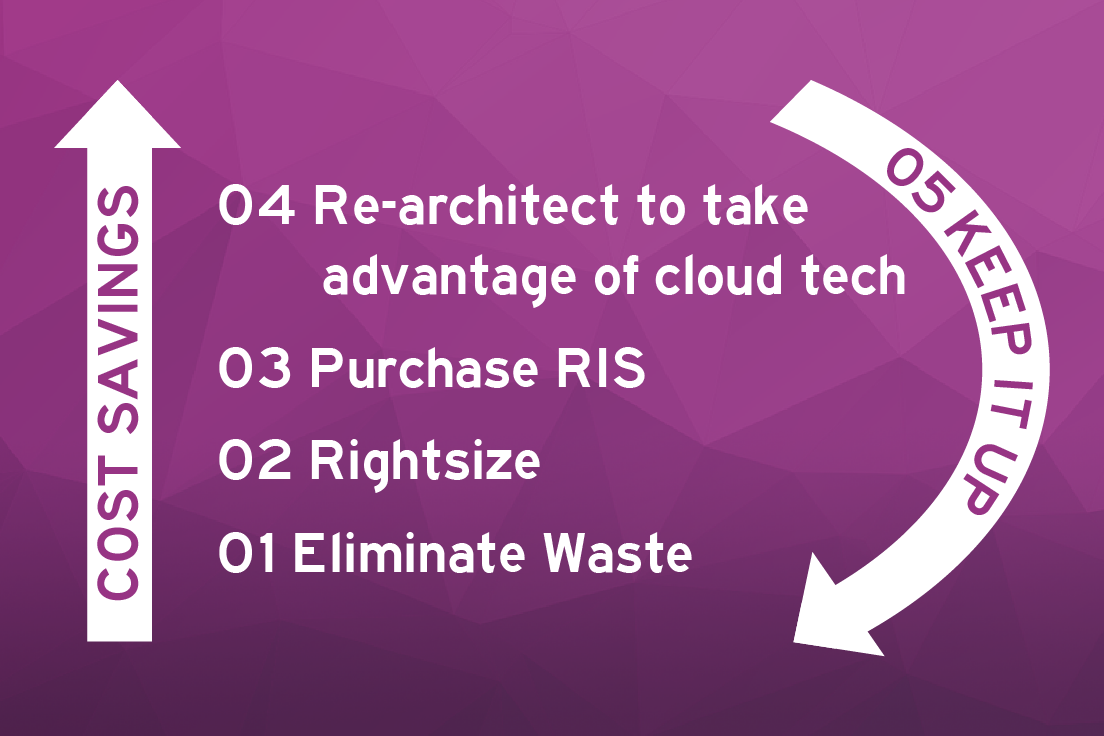5 Tips for Managing Costs in the Cloud
written by McKayl
I spent two years working with different IT groups across a large college campus and found that the perceived cost of doing business in the cloud was often one of the main hurdles for an organization to make the move. Managing costs in the cloud is in fact quite different from managing costs in a traditional data center. However, when done right, managing cloud costs can save your organization a lot of money. To help you get started, here are 5 tips to help you manage your costs in the cloud.
How is managing costs in the cloud different?
Before we discuss ways we can better manage costs it is important to understand the difference between managing costs in a traditional data-center and managing costs in the cloud. When moving to the cloud you shift from a capital expense model to an operational expense model. Instead of buying hardware and spending a fixed amount in a one time payment the cloud uses a pay as you go model. This is great because unlike traditional data centers you don’t have to guess what your capacity will be. Instead your hardware needs can shrink and grow with you. But that also means we need to carefully manage our cloud resources and costs. Now on to our 5 tips for doing this.
5 Tips for Managing Costs in the Cloud
1. Eliminate/Prevent Waste
I remember when I first worked in the cloud, I spun up a server to run some tests. I then forgot about that server and at the end of the month I was shocked by the hefty bill I had to pay. Now this was just my personal AWS account and I was only out around $30. But this goes to show how easily cloud waste happens. In an organization with many developers, these small costs can add up.
Eliminating waste is one of the fastest ways to see an immediate improvement in your cloud bill. To eliminate or prevent waste, enforcing a tagging policy helps. Then resources tagged with dev or test can be managed differently than those marked as production. In my previous job, we found that enforcing a tagging policy allowed us to save 60% off of our monthly bill. These huge cost savings came from the policies we had around tagging. We stopped/throttled resources that weren’t tagged and shut down resources that were tagged dev or test at night and on weekends. This eliminated wasted resources in our accounts, and these simple actions resulted in big savings.
This is just one example of eliminating waste in an account but I hope it illustrates how big of an impact eliminating or preventing waste can have on your bill. Don’t hesitate to find what policies work for your organization and then start implementing them for almost immediate savings.
2. Rightsize
Rightsizing is the process of matching instance types and sizes to your workload performance and capacity requirements, with the lowest possible cost. When looking to rightsize it can be useful to use tools to show you what resources are underutilized by their workloads.
Most major cloud providers provide built in tools but NephōSec can also help you rightsize across your entire cloud environment using a InsightCloudSec.
3. Purchase Reserved Instances
Reserved Instances (called Commit Use Discounts in GCP) refer to the purchase of a certain amount of compute resources in advance. By committing to pay for a certain amount of compute, cloud providers provide a discount (up to 72% for AWS).
It is important to follow steps 1 and 2 before purchasing Reserved Instances so that you can get accurate data on how much computing resources your organization is using. If you aren’t planning on purchasing bulk Reserved Instances for your entire organization, I recommend purchasing Reserved Instances whenever you have long standing workloads that will live for at least a year.
4. Re-architect to take advantage of Cloud Technologies
The biggest savings come when you take advantage of Cloud Technologies. NephōSec’s article about Developing Software in a Cloud Centric World talks about how software development has changed because of the cloud. Embracing cloud technology rather than lifting and shifting your applications can help you save maintenance time and money.
5. Keep it up!
Finally, keep it up! The cloud is always changing and with that there are always new ways to save money. As your cloud environment grows it is increasingly important to stay on top of managing your costs. As you pay attention to your monthly bills trends will emerge and you will be able to better estimate your costs. This will help you be able to set spending alarms and know when you are off track.
We hope that these tips help you as you manage your infrastructure costs. If you want to discuss any of these topics further or learn about our cloud management tools, reach out to us. We are here to help you cloud with confidence.




